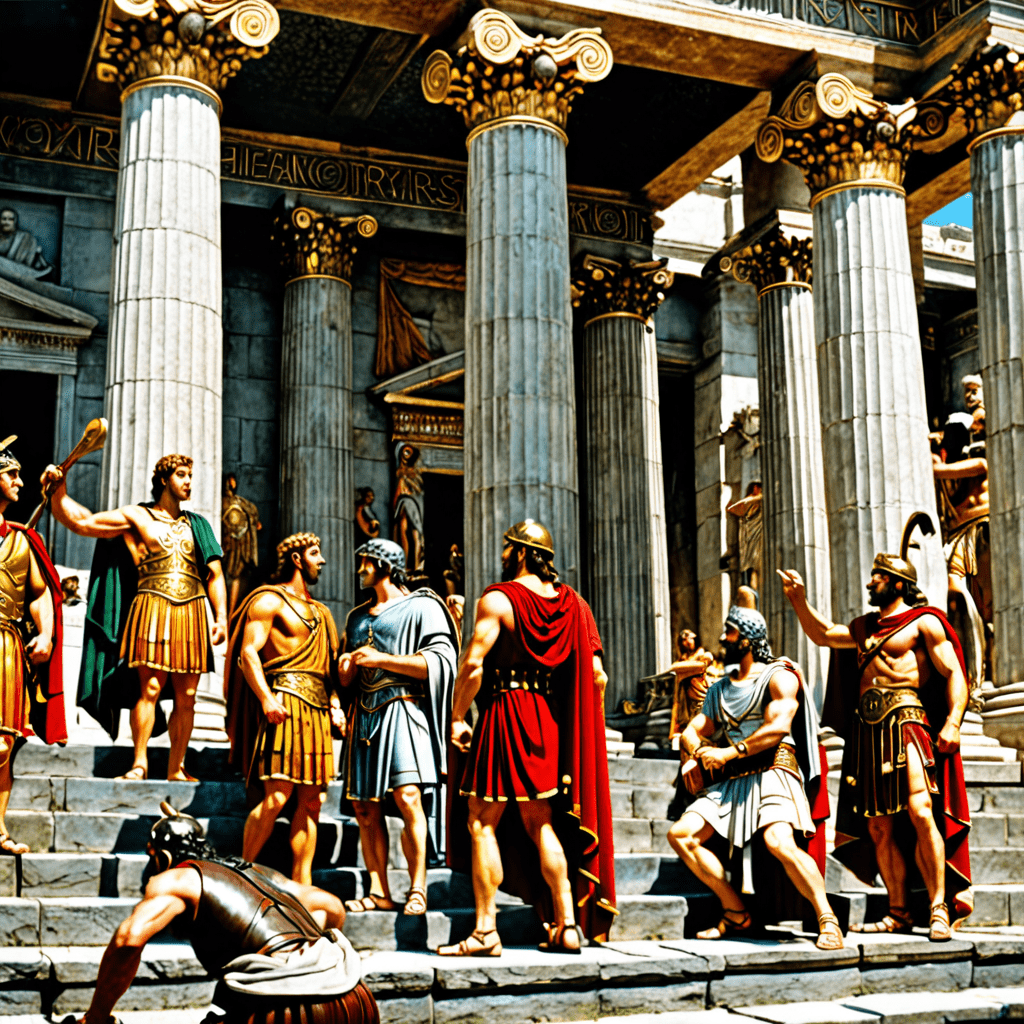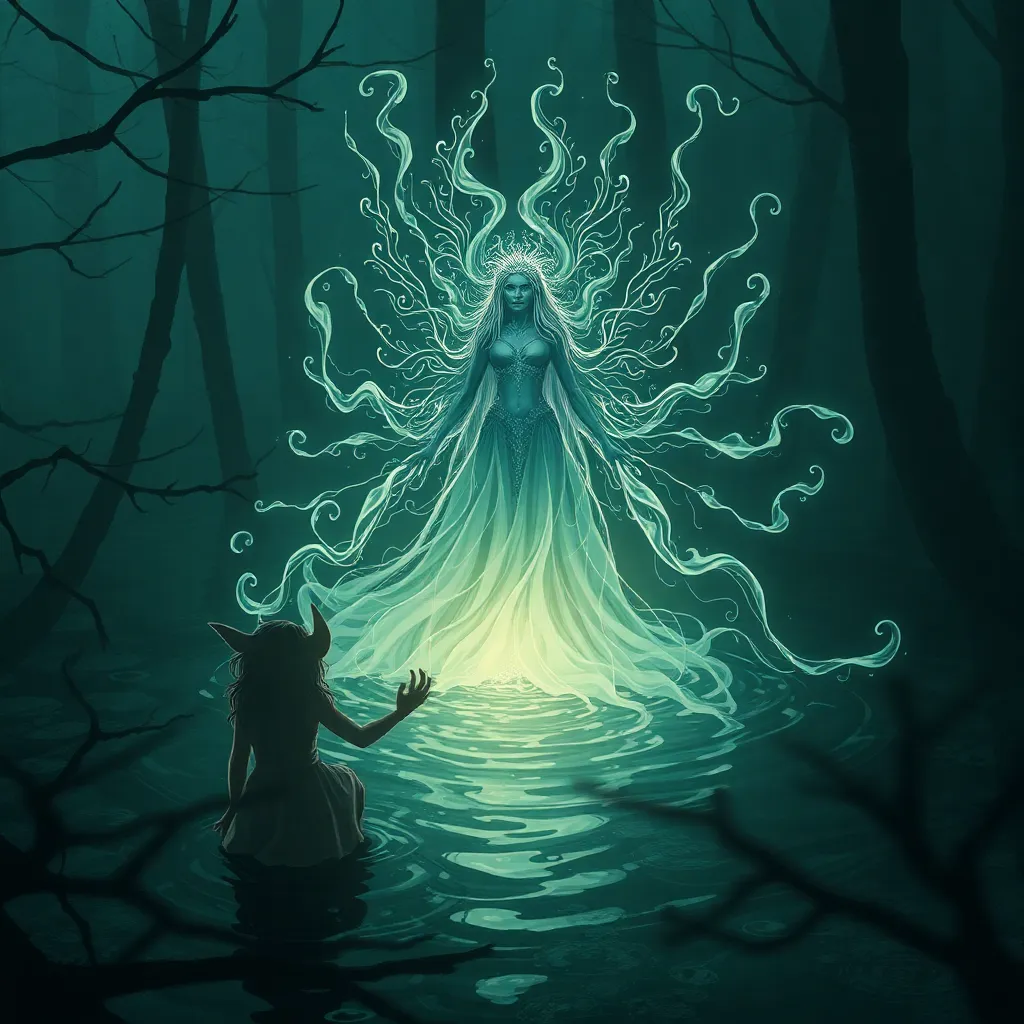The Enduring Fascination with Trickster Myths
1. Introduction to Trickster Myths
Trickster myths are fascinating narratives that feature clever, mischievous characters known as tricksters. These figures often defy conventional boundaries, acting as both creators and destroyers, embodying a duality that reflects the complexity of human nature. Common characteristics of trickster figures include their cunning, shape-shifting abilities, and a tendency to challenge authority. They are often portrayed in a humorous light, utilizing wit and deception to achieve their goals.
Across various cultures, trickster myths hold significant cultural importance, serving as vehicles for moral lessons, societal critiques, and explorations of the human condition. They often embody the struggle between order and chaos, reflecting the complexities of life and the human experience.
2. Historical Context of Trickster Myths
The origins of trickster figures can be traced back to ancient cultures, where they emerged as central characters in folklore and mythology. In many indigenous traditions, tricksters were seen as cultural heroes who taught essential life lessons through their adventures and misadventures.
Over time, trickster mythology has evolved. Early representations were often tied to creation myths, while later interpretations highlighted themes of rebellion against societal norms. This evolution reflects shifting cultural attitudes and the enduring nature of the trickster archetype, which adapts to the cultural context in which it exists.
3. Prominent Trickster Figures Across Cultures
Several prominent trickster figures have emerged in global mythology, each showcasing unique traits and stories:
- Loki (Norse): A complex figure in Norse mythology, Loki is known for his cunning and ability to shape-shift. He plays a crucial role in various myths, often causing chaos among the gods.
- Anansi (African): Originating from West African folklore, Anansi is a spider who embodies wisdom and wit. His tales often explore themes of intelligence over brute strength.
- Coyote (Native American): In many Native American cultures, Coyote is a trickster who represents the dual nature of existence. His stories often convey moral lessons, emphasizing the consequences of his actions.
- Hermes (Greek): The Greek god of trade and thieves, Hermes is known for his speed and cunning. He often acts as a messenger between the gods and humanity, embodying the qualities of a trickster.
A comparative analysis of these tricksters reveals their shared traits, such as cleverness and a propensity for mischief, while also highlighting the unique cultural contexts that shape their stories.
4. The Psychological Appeal of the Trickster Archetype
The trickster archetype resonates deeply with the human psyche. As symbols of rebellion and subversion, tricksters challenge societal norms, offering a fresh perspective on authority and tradition. Their actions often provoke thought, encouraging individuals to question established conventions.
Through their stories, tricksters provide a means of exploring the complexities of morality, ethics, and human behavior. They reveal the contradictions inherent in society, making them relatable figures that embody the struggle for freedom and self-expression.
5. Trickster Myths in Literature and Art
Trickster figures have significantly influenced literature and art throughout history. In literature, they appear in folk tales, novels, and modern media, often serving as protagonists or catalysts for change. Their narratives can be found in:
- Classic folk tales that emphasize moral lessons.
- Novels that explore complex human emotions and societal issues.
- Modern media, including films and television shows, where trickster-like characters challenge the status quo.
In visual arts and performances, tricksters are often depicted in ways that emphasize their dual nature. From paintings to theatrical performances, the representation of tricksters serves to highlight their role as cultural commentators and agents of change.
6. Trickster Myths and Modern Society
In contemporary culture, trickster narratives remain relevant, reflecting modern social issues and challenges. As societies grapple with complexities such as political corruption, social injustice, and environmental crises, the trickster archetype offers a lens through which to critique and challenge these realities.
Modern adaptations of trickster myths often resonate with audiences, as they capture the spirit of rebellion against oppressive systems. These narratives encourage critical thinking and inspire movements for social change.
7. The Role of Humor and Satire in Trickster Stories
Humor is a hallmark of trickster stories, serving as a powerful tool that tricksters wield to navigate difficult situations. By employing wit and satire, tricksters can expose societal flaws and critique established norms without direct confrontation.
The impact of satire in trickster narratives is profound, as it allows for a nuanced discussion of serious issues under the guise of entertainment. This approach not only engages audiences but also fosters reflection on the complexities of human behavior and societal structures.
8. Tricksters in Popular Culture
Trickster elements are prevalent in modern popular culture, appearing in movies, television, and comics. Characters that embody the trickster archetype often captivate audiences with their charm and unpredictability. Examples include:
- Deadpool: A comic book anti-hero known for breaking the fourth wall and subverting traditional superhero tropes.
- Jack Sparrow: The cunning pirate from the “Pirates of the Caribbean” franchise, who embodies mischief and charm.
- Homer Simpson: A modern-day trickster who often challenges authority and societal norms through humor.
These characters highlight the enduring appeal of the trickster archetype and its ability to resonate with contemporary audiences.
9. The Enduring Legacy of Trickster Myths
Trickster myths have persisted and evolved into the 21st century, demonstrating their adaptability and relevance. As societies continue to face new challenges, the themes explored in trickster narratives remain significant.
Preserving these narratives is crucial for cultural heritage, as they provide insight into the values, beliefs, and struggles of different societies. Trickster myths serve as a bridge connecting past wisdom with contemporary issues.
10. Conclusion: The Future of Trickster Myths
As we navigate a rapidly changing world, the relevance of trickster figures will likely endure. Their ability to reflect universal themes of resilience, rebellion, and transformation ensures that they will continue to resonate with future generations.
In conclusion, trickster myths hold a timeless significance, offering valuable lessons and insights that transcend cultural boundaries. Their enduring legacy reminds us of the importance of questioning norms and embracing the complexity of the human experience.



